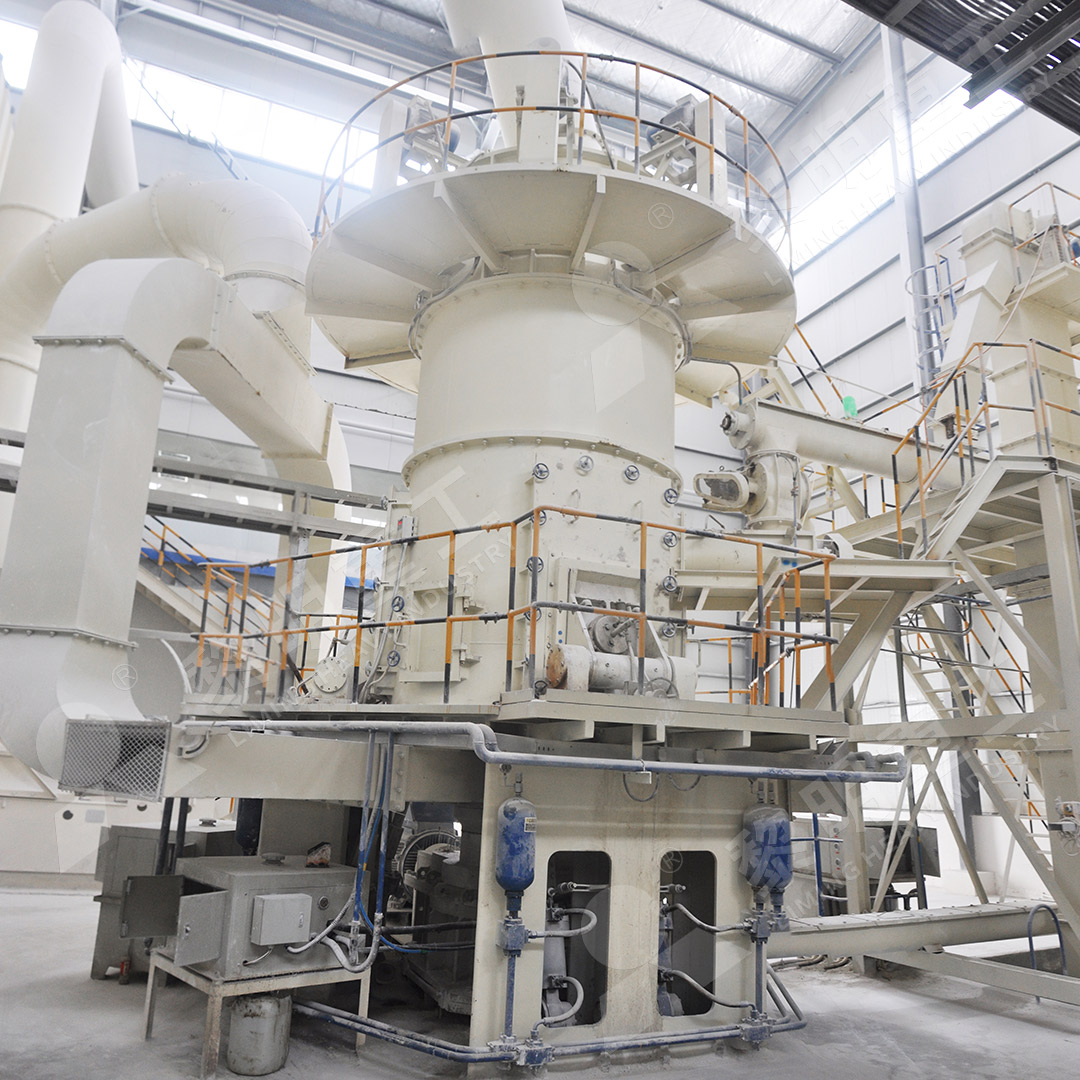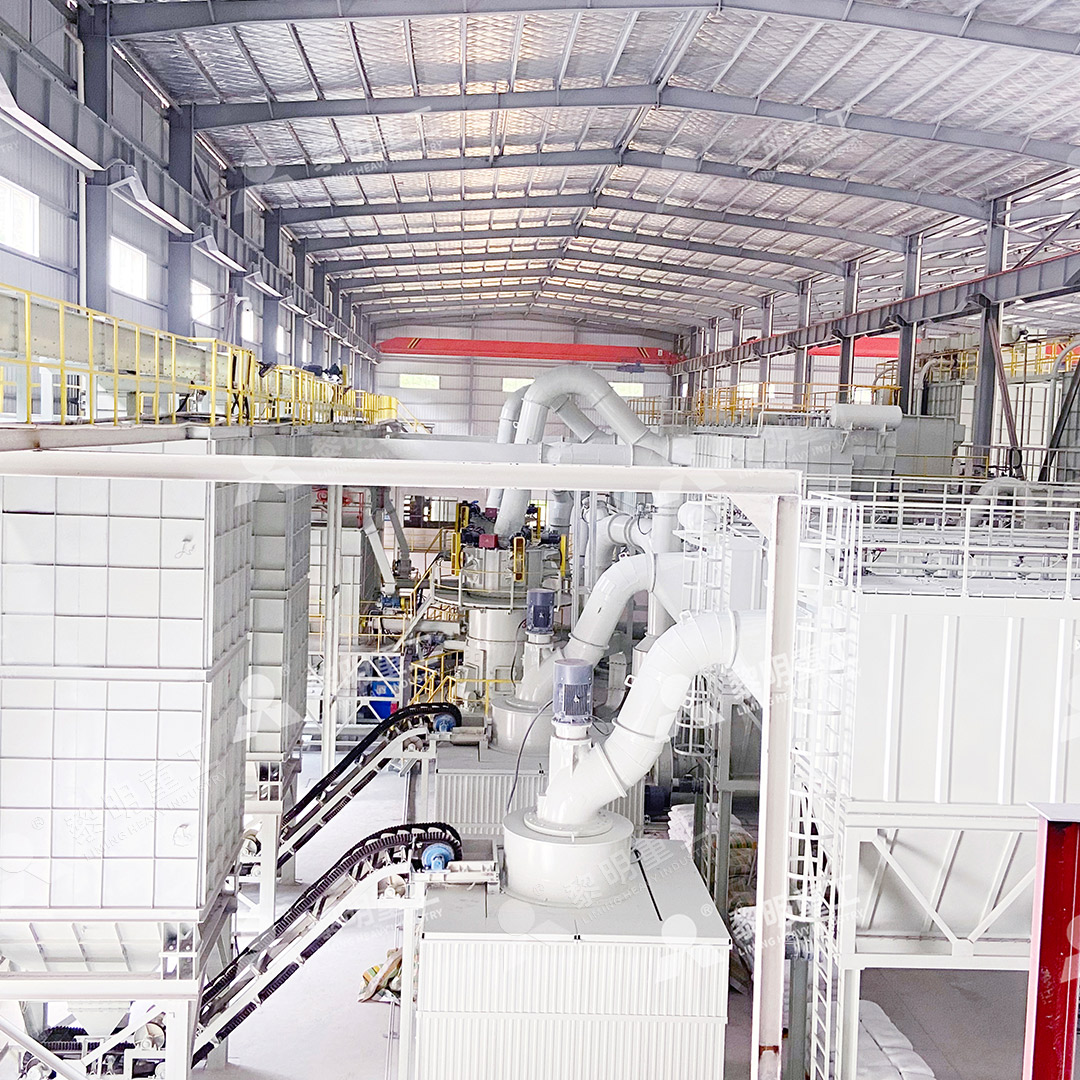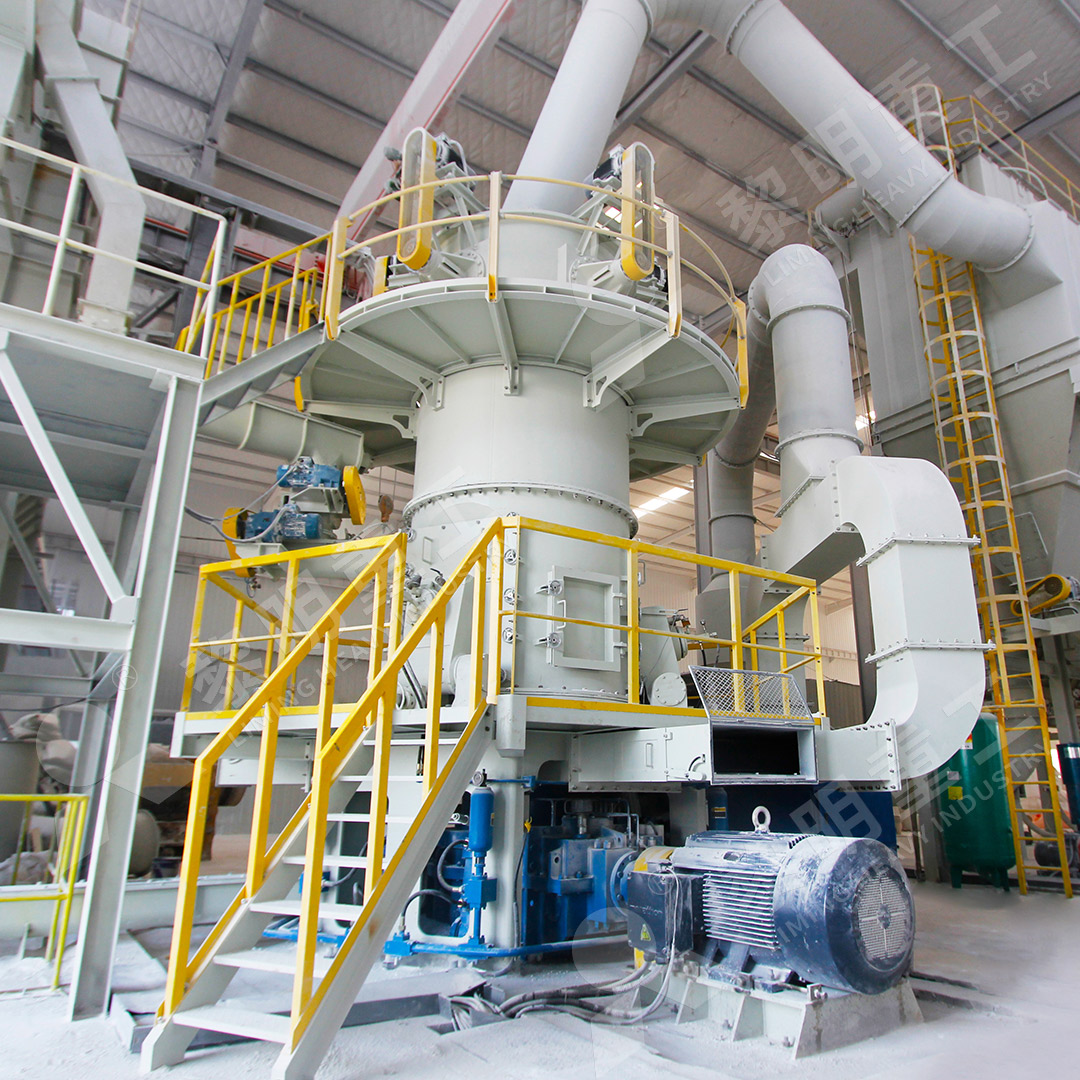Ceramic Dry Powder Preparation with Vertical Roller Mill
Ceramic Dry Powder Preparation with Vertical Roller Mill
The production of high-quality ceramic powders demands precision engineering and advanced milling technology. As manufacturers seek to improve product consistency, reduce energy consumption, and meet stringent environmental standards, vertical roller mills have emerged as the preferred solution for ceramic powder preparation.
Traditional grinding methods often fall short in achieving the uniform particle size distribution required for premium ceramic applications. The vertical roller mill’s unique grinding mechanism, which combines compression and shear forces, enables exceptional control over final product characteristics. This technology has revolutionized dry powder processing across various industrial sectors, particularly in ceramics where material purity and consistency are paramount.

Technical Advantages in Ceramic Applications
Vertical roller mills offer distinct benefits for ceramic powder production. Their ability to handle materials with varying moisture content through integrated drying systems eliminates the need for separate drying equipment. The grinding process generates less heat compared to traditional ball mills, preventing thermal degradation of sensitive ceramic compounds.
Particle size distribution is critically important in ceramic manufacturing, as it directly affects sintering behavior, density, and final product properties. Modern vertical mills provide exceptional control over fineness through advanced separator technology, allowing producers to tailor powder characteristics to specific application requirements.
MW Ultrafine Grinding Mill: Excellence in Ceramic Powder Production
For operations requiring ultra-fine ceramic powders, the MW Ultrafine Grinding Mill represents a technological breakthrough. With an input size capability of 0-20 mm and capacity ranging from 0.5-25 tph, this machine is specifically engineered for customers who need to produce ultra-fine powder for advanced ceramic applications.
The MW series stands out through its innovative design that eliminates rolling bearings and screws in the grinding chamber. This revolutionary approach prevents concerns about bearing damage or sealing part failures, while eliminating machine damage problems caused by loose screws. For ceramic producers, this translates to unprecedented reliability and reduced maintenance downtime.
What truly distinguishes the MW Ultrafine Grinding Mill in ceramic applications is its adjustable fineness between 325-2500 meshes. The cage-type powder selector, incorporating German technology, ensures precise powder separation with screening rates achieving d97≤5μm in a single pass. This level of precision is essential for high-performance technical ceramics where consistency directly impacts product performance.

LUM Ultrafine Vertical Grinding Mill: Advanced Ceramic Processing
Another exceptional solution for ceramic powder preparation is the LUM Ultrafine Vertical Grinding Mill. With an input size of 0-10 mm and capacity of 5-18 tph, this mill integrates the latest grinding roller technology from Taiwan with German powder separating technology. The LUM series addresses common challenges in ceramic powder production, including material long lingering time, repeated grinding, and iron contamination.
The LUM mill features a unique roller shell and lining plate grinding curve specifically designed to generate material layers more effectively. This design enables high rates of finished products through single-pass powder milling, significantly enhancing efficiency while improving the whiteness and cleanliness of ceramic powders – critical factors in many ceramic applications.
Double position-limiting technology ensures operational stability by preventing destructive impacts between grinding components, while the reversible structure simplifies maintenance operations. For ceramic manufacturers, these features translate to consistent product quality and reduced operational costs.
Environmental and Operational Benefits
Modern vertical roller mills incorporate comprehensive environmental protection features that align with increasingly stringent regulatory requirements. Efficient pulse dust collectors ensure no dust pollution during operation, while silencers and noise elimination rooms reduce acoustic emissions. The MW Ultrafine Grinding Mill’s external lubrication system enables maintenance without shutdown, supporting continuous 24-hour production cycles essential for industrial-scale ceramic manufacturing.
Energy efficiency represents another significant advantage. Compared to traditional jet grinding mills, the MW series reduces system energy consumption by approximately 30%, while delivering production capacity 40% higher than jet grinding mills and twice that of ball grinding mills at equivalent fineness and power levels.

Application Versatility
Beyond standard ceramic compositions, vertical roller mills effectively process various mineral-based materials essential to the ceramics industry, including limestone, calcite, dolomite, barite, marble, and talc. The technology’s flexibility allows manufacturers to quickly adapt to changing material requirements and market demands.
Frequently Asked Questions
What makes vertical roller mills superior to traditional ball mills for ceramic powder production?
Vertical roller mills offer significantly higher energy efficiency, better particle size control, integrated drying capability, and reduced floor space requirements. They generate less heat during grinding, preventing thermal degradation of sensitive ceramic materials.
How does the MW Ultrafine Grinding Mill achieve such precise particle size distribution?
The MW series incorporates advanced cage-type powder selectors using German technology, which provide exceptional separation precision. The multi-head cage-type powder selector can be configured according to specific yield, fineness, and sieving rate requirements.
What maintenance advantages do modern vertical roller mills offer?
Design innovations such as the absence of rolling bearings and screws in the grinding chamber (MW series) and reversible structures (LUM series) significantly reduce maintenance requirements and downtime. External lubrication systems enable maintenance without production stoppages.
Can vertical roller mills handle the strict purity requirements for advanced technical ceramics?
Yes, modern vertical mills are specifically designed to minimize contamination. Features like the no rolling bearing design in the MW series prevent lubricant contamination, while specialized grinding surfaces reduce iron introduction, ensuring high-purity final products.
What environmental benefits do these grinding systems provide?
Vertical roller mills incorporate efficient pulse dust collectors for dust-free operation, noise reduction technologies, and significantly lower energy consumption compared to traditional grinding systems, supporting sustainable manufacturing practices.
